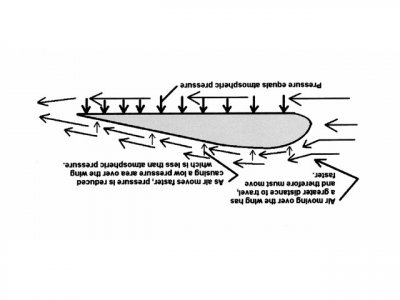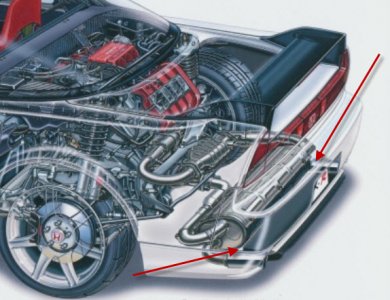Sorry, I wasn't exactly talking to you specifically. But now that I have your attention, I hope you could share some more information below...
Appreciate the history lesson on the FXMD NSX diffuser.
FWIW, from my limited understanding of diffusers: the strakes are there to straighten the airflow and prevent the higher speed, lower pressure air from spilling into the central tunnel from the sides.
Whatever design parameters Difflow decided to build against was their own decision. My conclusion on what Difflow was designing against is based on the install pictures of the Difflow pictures I have seen: it simply looks like the diffuser angle was determined by necessary clearance for the stock exhaust and the rearmost attachment point. If that is incorrect: only Difflow can clarify.
As far as the divergence angle of the diffuser is concerned: 7 degrees is within the general rule of thumb to optimize drag vs downforce for sports cars. The actual divergence angle is limited by flow separation (which strakes also help limit), depends on the the Reynolds number at the inlet and achievable length of the diffuser itself. Or simply put, how flat of a floor can the car have?
As far as misleading data, may you please clarify the colors in the CFD pressure simulation of the 430 you posted later? In terms of decreasing relative pressure does it is it red, orange, yellow, green, blue? If so, doesn't that mean the green area circled has a higher pressure area?
Just here trying to gain some wisdom from those that know a little more than me.
Oh, and for more diffuser pictures:
http://www.nsxprime.com/forum/showthread.php?t=116208
and
http://www.nsxprime.com/forum/showpost.php?p=1471151&postcount=1373




![ctrp_0707_03_z+aerodynamic_downforce+airplane_wing_diagram[1].jpg](/data/attachments/69/69050-0af0210291e0ab46ff597438dfa573c5.jpg?hash=CvAhApHgq0)











